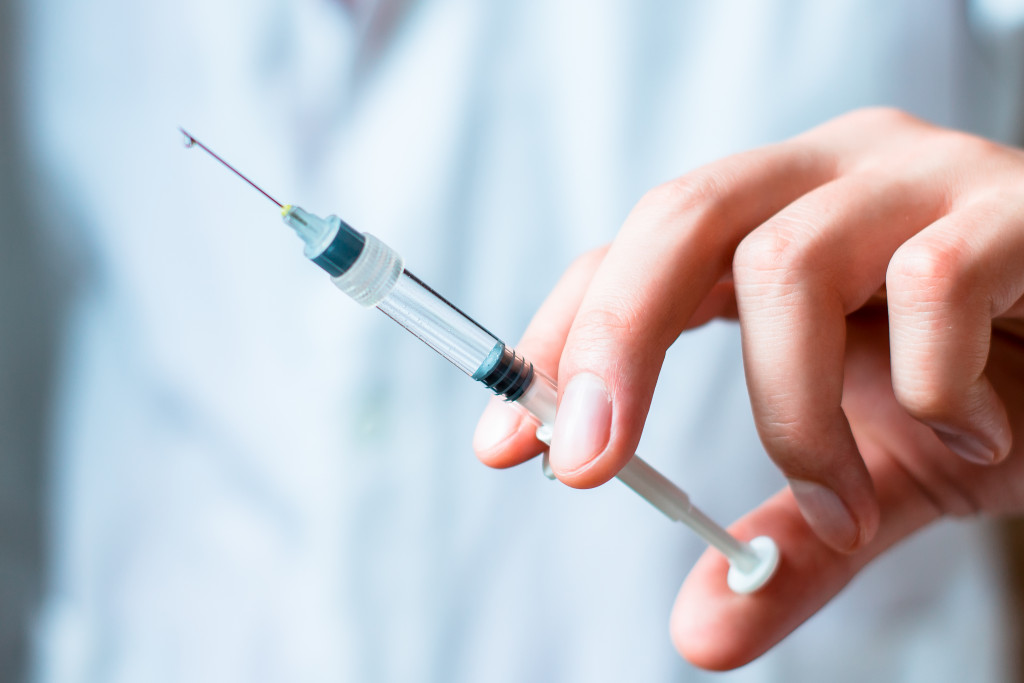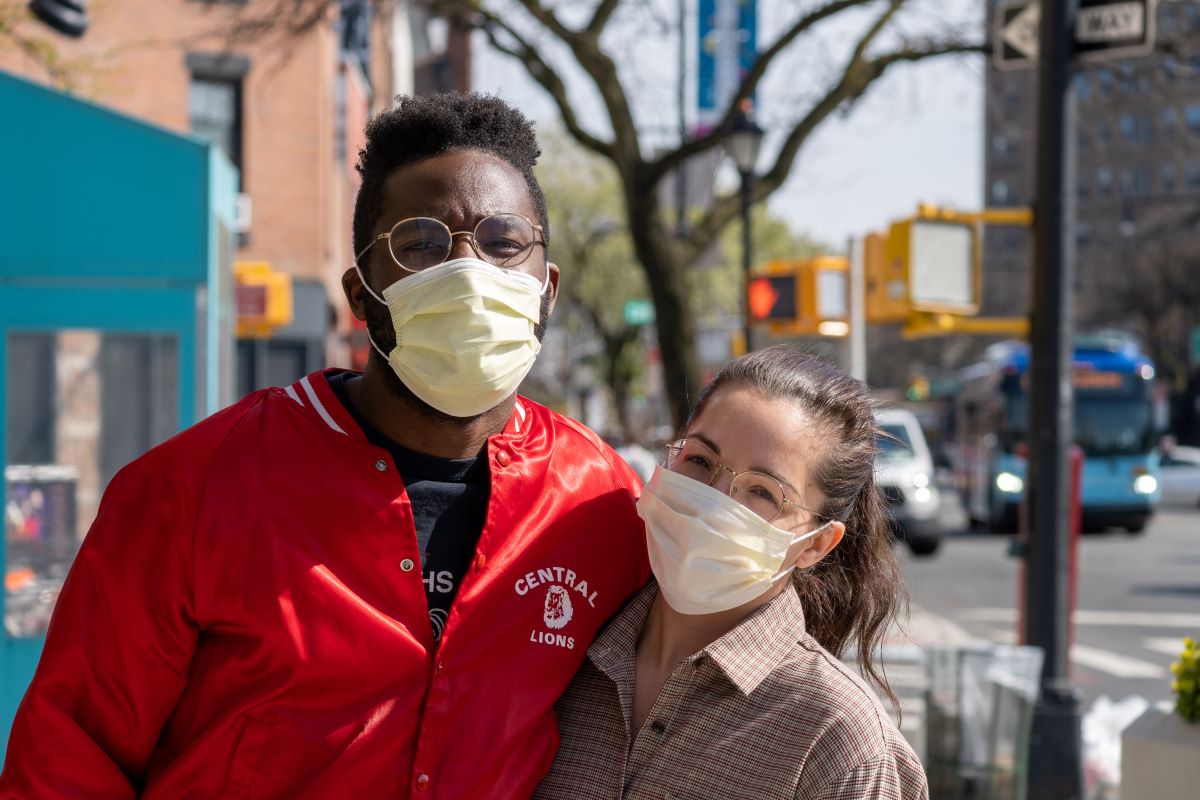You might have heard some people not trusting the vaccines we have today against the COVID-19 virus simply because vaccines take a long time before they are reliably developed. This argument has some truth to tell. We have spent tinkering with pathogens for many years, realizing that it’s no easy task to find a cure or a vaccine for them.
This might sound like a good argument to you and might dissuade you from getting vaccinated. However, these are modern times. We have made strides in medical technology that made it possible for us to make vaccines given a year and a half. Technology has helped us attain this goal of ours, and it has helped us attain it safely.
Additionally, government and non-government entities worked closer ever than before to create these vaccines. Here’s how we were able to develop a vaccine in a short amount of time through the use of advancements in science and technology.
Our Understanding of mRNA Has Gotten a Lot Better
mRNA, also known as Messengers to the Ribonucleic Acid, is one of the things that fascinated us many years ago when we first discovered its existence. There are still so many things we don’t know about today, but we have sufficient intelligence to utilize it enough to combat the virus.
Our advancement in understanding mRNA in the human body comes in many forms. One of them is advancements in kinase activity assay. Their interpretations have helped streamline the information received from various proteins. Because of this, proteins are easier to identify and replicate, especially those known to combat the virus.
Vaccines that use mRNA are the well-known Pfizer-BioNTech and Moderna vaccines. These two vaccines are considered two-dosage vaccines, which means that individuals who receive the vaccine must receive a second shot before they are effective. The second shot is meant to reinforce the immune system, which the first shot of the vaccine has started. Scientists predict that there will come a time when we will only need one shot of mRNA vaccines once we have understood them better.
If you worry about the effects of mRNA and whether there is enough proof that it works, mRNA vaccines have to undergo rigid standards from the CDC.
Vaccine Platforms
If you’re wondering what made the research development process of vaccines so fast is because of vaccine platforms. Vaccine platforms have made it possible for us to test various pathogens in a short amount of time. This trial-and-error process can be done through many trials every day. That’s why it took Moderna only 42 days to develop an experimental vaccine.

However, it doesn’t mean that the vaccine is good and can be distributed then. It still needs to undergo rigorous three-staged clinical testing. This is when its application to the animal and the human genome is identified alongside unwanted side effects. This is why it took almost a year before the Moderna vaccine was given the green light to the general population.
Without vaccine platforms, it would take us years before we could have developed an experimental vaccine. It would take us a couple more because we would then have to test that vaccine on animals and eventually humans. However, because of our experience with viruses from before, we have honed the necessary knowledge to develop a vaccine through a trial-and-error simulation.
Blockchain
A single government entity didn’t develop the vaccine by itself. It was many government and non-government entities working hand-in-hand towards that one goal. What made it possible for these entities to communicate efficiently and effectively is through blockchain. Blockchain has made it possible for them to send files to one another regarding research about the virus and various proteins that can help fight against it.
Blockchain has also helped secure these networks so that they won’t get leaked to the public unsupervised. Without the existence of blockchain, these entities wouldn’t have worked so efficiently as they did now.
Before vaccines were available to people, we already had treatments to mitigate and combat the deadly virus. We had the necessary technology to decrease its fatality rates but didn’t have the supply to sustain it. This is why vaccines needed to be made, and given our advancements in medical science and technology, we were able to develop vaccines to fight the virus in record time. Producing the vaccine became simpler and more streamlined, but we didn’t take any shortcuts to make them. It’s similar to making a vaccine before. We just took a much modern route.

